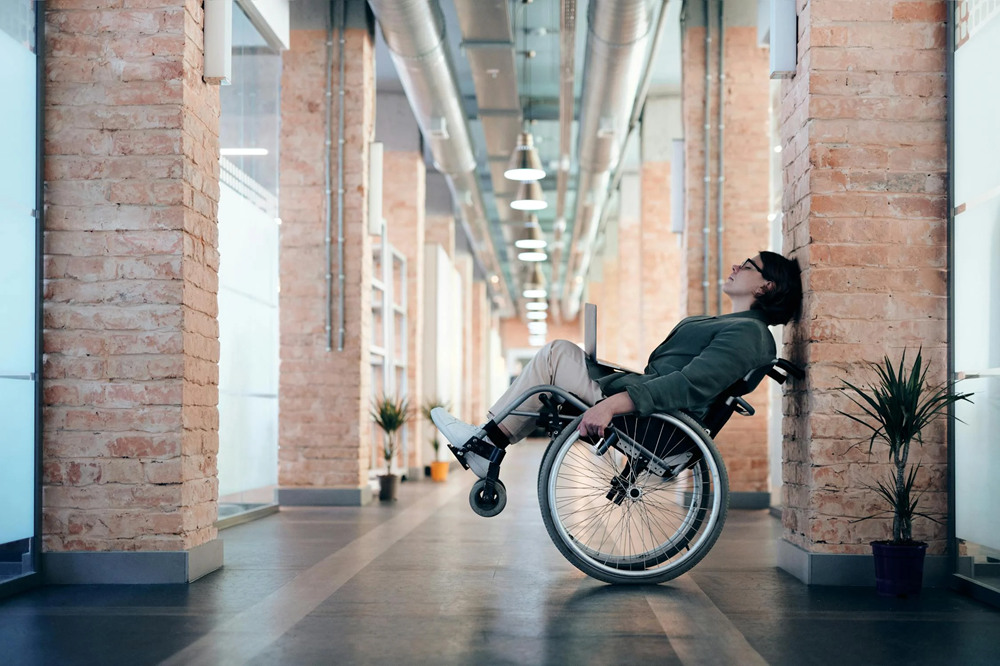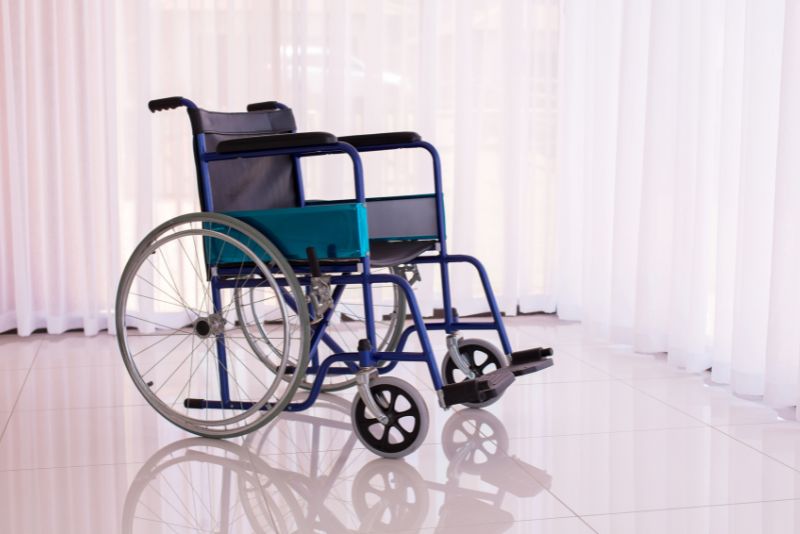Wheelchairs are essential mobility aids for individuals with mobility impairments, providing them with independence and freedom of movement. Manual and mobility plus electric wheelchair are two common types of wheelchairs, each offering distinct advantages and disadvantages. Understanding these differences can help individuals choose the most suitable option based on their needs and lifestyle.

Advantages of Manual Wheelchairs:
Physical Exercise: Operating a manual wheelchair helps in strengthening arm muscles, improving coordination, and enhancing overall physical fitness.
Ease of Use: Manual wheelchairs are straightforward to operate, making them accessible to users of all ages, including the elderly.
Portability: Manual wheelchairs are lightweight, compact, and easy to transport without the need for charging or battery maintenance.
Versatility: Skilled users can navigate manual wheelchairs over various terrains, including stairs and uneven surfaces.
Disadvantages of Manual Wheelchairs:
Physical Exertion: Propelling a manual wheelchair requires physical effort, which can lead to fatigue and strain over time.
Limited Features: Manual wheelchairs may lack advanced features found in mobility plus electric wheelchair, impacting convenience and functionality.

Advantages of Mobility Plus Electric Wheelchair:
Reduced Physical Effort: mobility plus electric wheelchair are powered by motors, reducing the physical strain on users and allowing for hands-free operation.
Enhanced Safety: Many mobility plus electric wheelchair come equipped with safety features such as intelligent braking systems, ensuring a secure ride.
User-Friendly Operation: mobility plus electric wheelchair are designed for easy operation, making them suitable for individuals with limited mobility or strength.
Convenience: Some mobility plus electric wheelchair offer lightweight and foldable designs, enhancing portability and storage options.
Accessibility: Specialized mobility plus electric wheelchair are capable of safely navigating obstacles like stairs and inclines.

Disadvantages of Mobility Plus Electric Wheelchair:
Weight and Size: mobility plus electric wheelchair are typically heavier and bulkier than manual wheelchairs, making transportation and storage more challenging.
Battery Dependency: mobility plus electric wheelchair rely on batteries for power, requiring regular recharging and posing limitations when the battery runs out.
Maintenance Costs: mobility plus electric wheelchair may incur higher maintenance costs due to the complexity of electrical components and technology.
Conclusion:Both manual and mobility plus electric wheelchair serve as invaluable mobility aids, each offering unique benefits and drawbacks. Individuals should carefully consider their specific needs, lifestyle, and preferences when choosing between manual and mobility plus electric wheelchair to enhance their quality of life and independence.
An electric wheelchair is an auxiliary tool that provides convenience and freedom to people with limited mobility. mobility plus electric wheelchair can be divided into various types based on their functionality and design features.
Here Are Some Common Types Of Mobility Plus Electric Wheelchairs:
Folding electric wheelchair: This type of electric wheelchair has a folding function, making it easy to carry and store, and is suitable for users who need to carry it frequently. Folding mobility plus electric wheelchair are usually lightweight and easy to carry on public transportation or put in the trunk of a vehicle.
All-terrain electric wheelchair: The all-terrain electric wheelchair is equipped with a more powerful motor and a more durable frame, and is suitable for driving on uneven ground, such as grass, dirt roads, etc. This type of power wheelchair usually has better suspension and larger wheels, providing a more stable and comfortable ride.
Indoor electric wheelchair: This type of electric wheelchair is designed to be light and flexible, suitable for use in indoor narrow spaces, such as homes, shopping malls and other places. Indoor mobility plus electric wheelchair usually have a small body size and turning radius, making it easier for users to turn and move in narrow spaces.
Long-distance mobility plus electric wheelchair: Long-distance mobility plus electric wheelchair are usually equipped with larger-capacity batteries, which can provide longer driving range and are suitable for users who need to go out or travel for a long time. This type of electric wheelchair usually comes with a comfortable seat and more convenient features such as storage space, charging sockets, etc.
Upright electric wheelchair: The upright electric wheelchair allows users to adjust to a standing position, which helps improve blood circulation and reduce pressure, and is suitable for users who sit for long periods of time. This type of electric wheelchair is usually equipped with a stable support system and adjustment functions, allowing the user to freely switch between sitting and standing positions.
Customized electric wheelchair: An electric wheelchair customized according to the user’s individual needs and physical condition, which can provide better comfort and convenience. Customized mobility plus electric wheelchair are usually designed and manufactured by a professional team based on the user’s body size, health status and activity needs to ensure the best user experience and comfort.
In general, different types of mobility plus electric wheelchair have their own characteristics, and users can choose the most suitable style according to their needs and preferences to improve their quality of life and autonomy.





